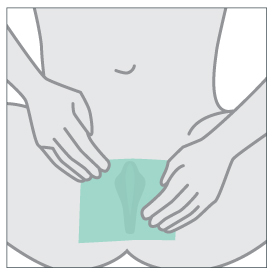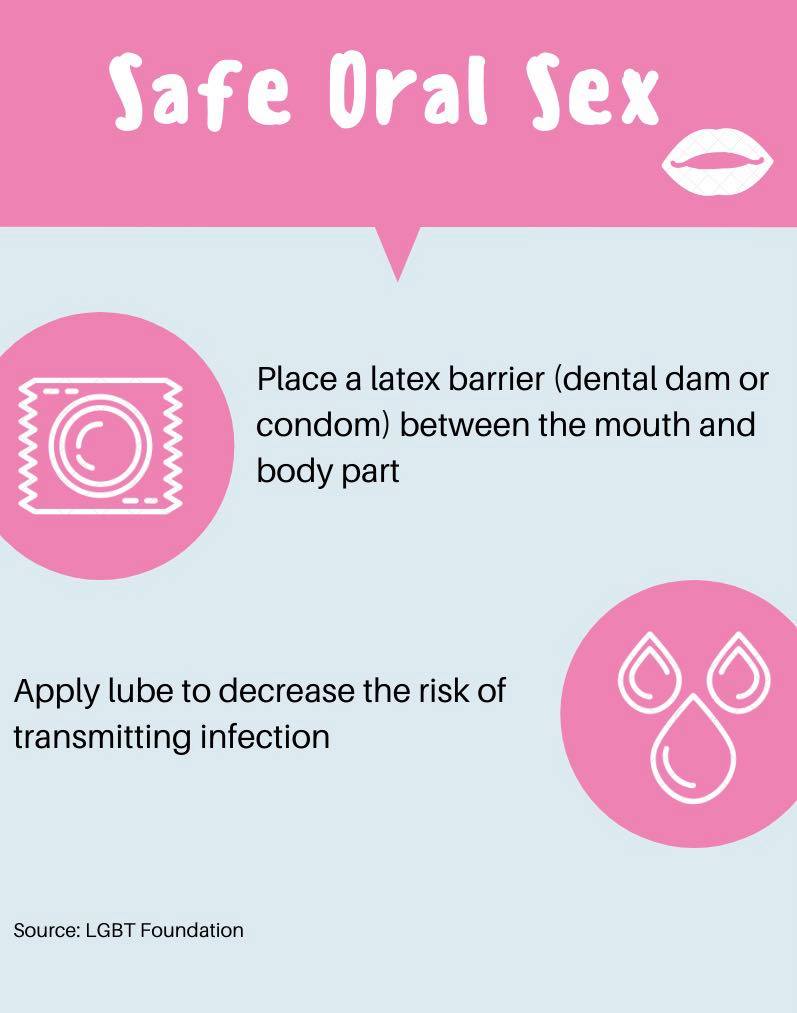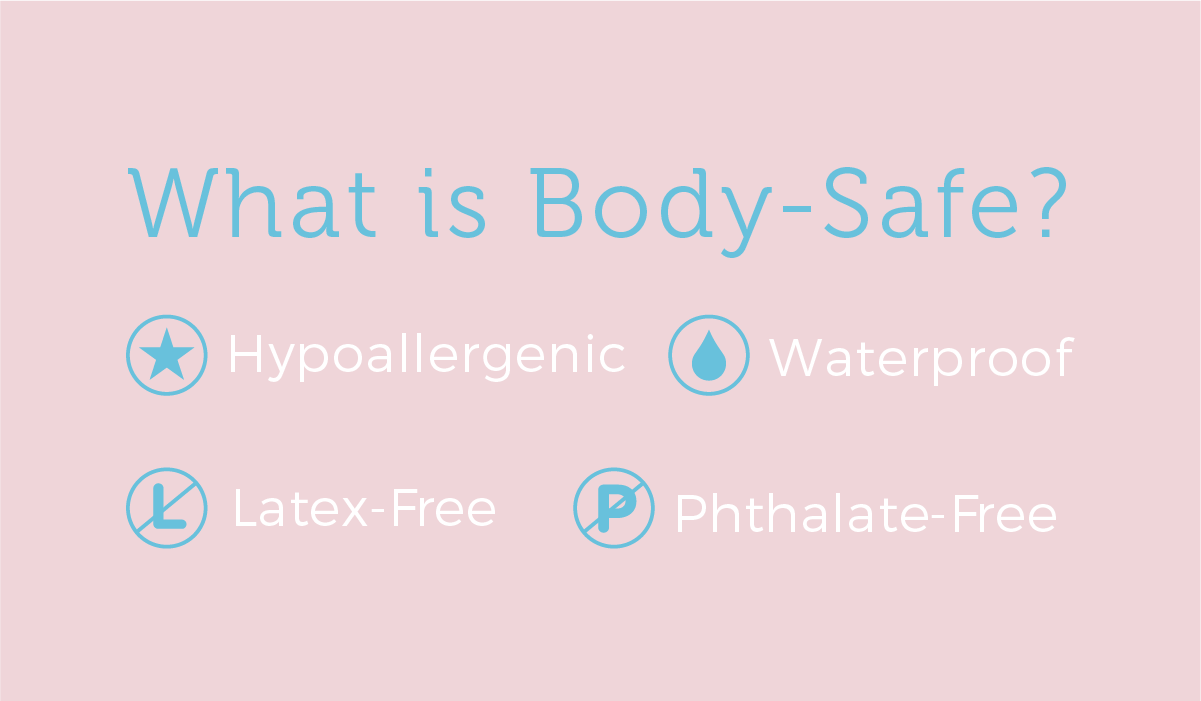Inclusive Sex Education
%
Only 5% of LGBTQ students saw LGBTQ representation in their sex education class
Sexual Health Disparities in LGBTQ People
- Higher rates of STIs
- Receiver of penetrative sex is typically at a much higher risk of contracting STIs
- Men who have sex with men have higher rates of gonorrhea and chlamydia
- 90% of HIV infections are attributed to male to male sexual contact
- Bisexual women are 3 times more likely to contract viral STDs compared to women have who exclusively have sex with women
Sources: Healthline, Advocates for Youth, and STD Check

Issues in Sex Education
- Focus on not getting pregnant
- Unneccessary gendering of body parts
- Sex is more than penetrative sex
Basics
Gender, Identity, and LGBTQ Terminology
Gender does not determine your sexual orientation or sexual attraction. Gender is how you identify yourself and you may identify with your sex assigned at birth or not. Sexual orientation is who you are romantically, sexually, and emotionally attracted to.
Source: OneLove
Gender Terminology
Adrogyny: combination of masculine and feminine presentation
Agender: used to describe people who don’t identify with a gender or any labels
Cisgender: someone who has the same gender identity as the sex assigned to them at birth
Gender Dysphoria: distress experienced by people whose gender identity does not align with their sex assigned at birth
Nonbinary: a gender identity label that describes those who don’t identify exclusively as male or female.
Passing: transgender people who are able to be accepted or “pass” as their self-identified gender identity
Transgender: an umbrella term to describe someone who does not identify with the sex assigned to them at birth
Transfeminine: used to describe someone who was assigned male at birth and identifies with femininity
Transmasculine: used to describe someone assigned female at birth but identifies with masculinity
Sexuality Terminology
Asexual: an orientation that experiences little or no sexual attraction. asexuality is not the same as celibacy
Aromantic: an orientation that experiences little or no romantic attraction to others or a lack of interest in forming romantic relationships
Bisexual: describes someone who is emotionally or sexually attracted to people of their own gender or people of other genders
Gay: historically used to describe men attracted to men. describes people attracted to people of the same gender
Lesbian: a woman who is emotionally and sexually attracted to women
Queer: umbrella term used to describe people who don’t identify as heterosexual
Questioning: a person who is exploring their sexual orientation or gender identity
Types of Sex and How to Protect Yourself
Sex is so much more than penetrative sex. Here is a breakdown of different types of sex and ways to keep you and your partner safe. It is important to note that consent is needed for any and all sexual activity and consent can be retracted at any time.
Penetrative Sex
Penetrative sex is the act of inserting a body part inside someone’s vagina or anus. It is important to note that the bottom (person being penetrated) is at a higher risk for contracting STIs than the top (the inserting partner).
Tips for Safe Anal Sex
- Anal sex shouldn’t hurt if it does it could be a sign that you might be tearing the lining of the anus which can increase the risk of HIV or STIs
- Use a new barrier method for every sexual activity
- Anuses don’t produce their own lube so it is incredibly important to use enough lube. Using lube reduces pain, decreases friction, and protects from sexually transmitted infections
- Water based and silicone based lube are the best for anal sex
- Douching is not neccessary as it can irritate the lining of the rectum and make it easier to get infections like HIV
- If you choose to douche, use room temperature water and do not use any soap or cleaning products.
- Small bulb douches and over the counter douches are other options.
- Douche an hour before sexual activity so you have enough time to get all of the water out of you
- Use PrEP to prevent HIV
- can be used daily or before/during/after sex (event based dosing)
Source: LGBT Foundation
Tips for Safe Vaginal Sex
- Use a new barrier or condom for all sexual activity
- Douching is not neccessary since the vagina is self cleaning
- Use lube to decrease friction, protect from sexually transmitted infections, and to prevent tears on the lining of the vagina
- Water and silicone based lube are
the best for vaginal sex - Use PrEP to prevent HIV
- can be used daily or before/during/after sex (event based dosing
Source: LGBT Foundation
Sex with Hands
Sex with hands and fingers is not a common way of transmitting STIs but it is still important to take neccessary precautions.
Tips for Safe Sex With Hands
- Wash your hands and trim your nails before sexual activity
- Apply lube to prevent cuts and pain
- Use a glove protect against STIs that are contracted through contact like syphillis
Source: Healthline
Sex with Toys
Not all toys are safe to use on the body.
Tips for Safe Sex With Toys
- Use a barrier method such as a latex condom on toys used for penetration
- For silicone sex toys do not use silicone based lube, use a water based lube
- Wash toys with soap and water or with hot water after use
- If your toy has been exposed to body fluids (saliva, etc), try not share it to reduce risk of transmitting STIs
- If you choose to share sex toys with a partner, clean and sanitize thoroughly and use a condom
Body-safe materials to look out for:
- Silicone
- ABS plastic
- Glass
- Wood
- Metal
- Stone
Basics for Cleaning Sex Toys
- Silicone, glass, and metal can be boiled and submerged in water for 3-5 minutes
- All body-safe toys can be soaked in a 10% bleach solution
- Silicone toys can be baked at 250°F for 20-30 minutes







